
For the first time, researchers have isolated a subtype of gamma-delta T-cells that offers protection in women with triple-negative breast cancer.

Your AI-Trained Oncology Knowledge Connection!


For the first time, researchers have isolated a subtype of gamma-delta T-cells that offers protection in women with triple-negative breast cancer.
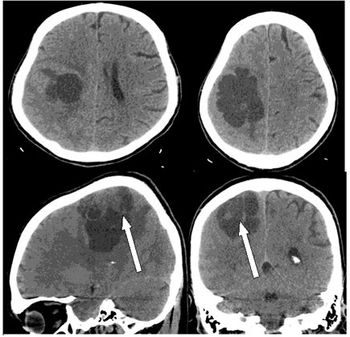
Researchers recently looked at differences in survival time between patients with grade II and grade III spinal meningioma.
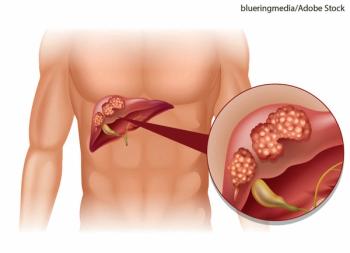
A new combination may help with overall and progression-free survival in liver cancer.

Why are geriatric patients less likely to get treated for their non-melanoma skin cancers? Researchers investigate and report.

The agency is set to make a decision on the investigational antibody drug conjugate by the first quarter of 2020.
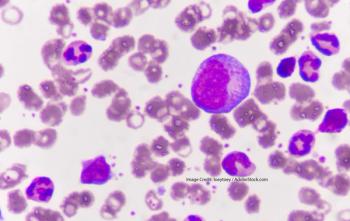
Researchers explore the predictive capability of EVI1 expression.
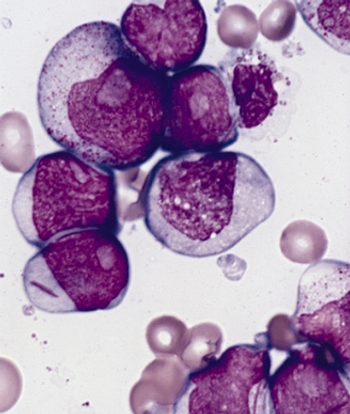
Researchers report on the BRIGHT AML 1019 Phase III trial.

A study showed patients seem to lack an understanding of the meaning of progression-free survival.

A pooled analysis of safety, efficacy of pembrolizumab in patients 75+ years of age with PD-L1+ NSCLC

The neoantigens found in the patients’ tumors (non-small-cell lung cancer) which were highly dissimilar were enriched for hydrophobic sequences, and correlated with survival rates after the PD-1 checkpoint therapy.

Researchers examine patterns of recurrence after resection of pancreatic ductal adenocarcinoma.
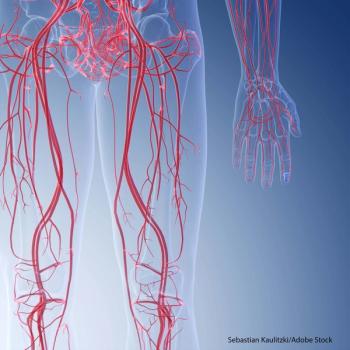
Following administration of checkpoint inhibitor therapy, 2.6% of patients experienced an acute vascular event within 6 months of starting treatment.
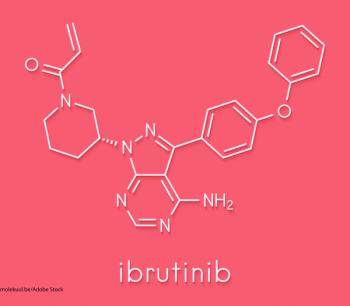
A study found an association between treatment with ibrutinib and an increased risk for death from toxicities.

Three scientists were awarded the Nobel Prize in Physiology of Medicine for their discovery of the mechanism of how cells regulate oxygen.

A multi-institutional pilot feasibility study looks at pencil beam scanning proton beam chemoradiation therapy with 5-fluorouracil and mitomycin-C for definitive treatment of carcinoma of the anal canal.

A survey of physicians found recruiting for trials through social media can be useful, but not for cancer therapeutic trials.
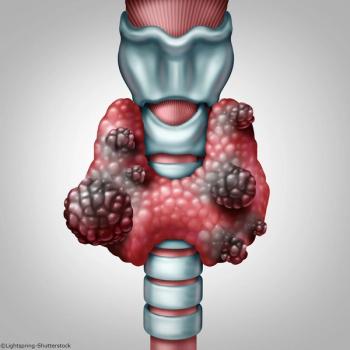
Researchers look at how mutation status can influence responses to targeted therapy in thyroid cancer.
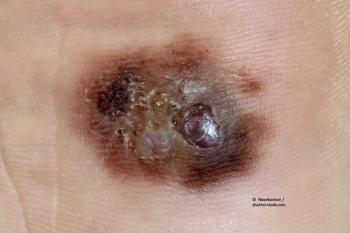
Researchers report on the best pembrolizumab protocol for advanced melanoma.
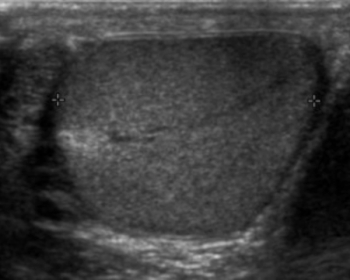
Investigators report on long-term results of sentinel node (SN) approach in patients with clinical stage I testicular tumors.

Half of the cancer drug trials that led to approvals by the European Medicines Agency may have been associated with a high risk for bias.

The agency granted breakthrough therapy designation to niraparib for the treatment of men with BRCA1/2-mutant positive metastatic castration-resistant prostate cancer.
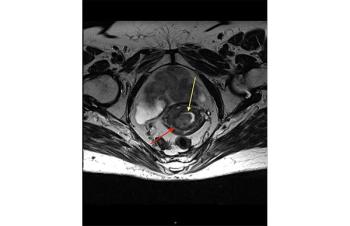
COX7RP contributes to endometrial and breast cancer growth.
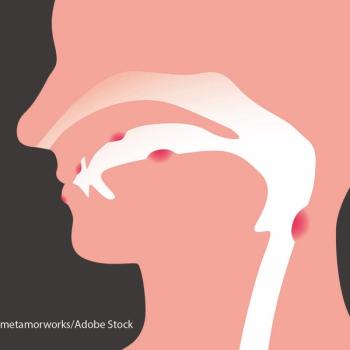
The methotrexate-based regimen proved to lengthen survival and improve quality of life among patients with platinum-resistant oral cancer.

A combination of pegilodecakin (pegylated IL-10) with an anti-PD-L1 monoclonal antibody inhibitor showed preliminary antitumor activity.
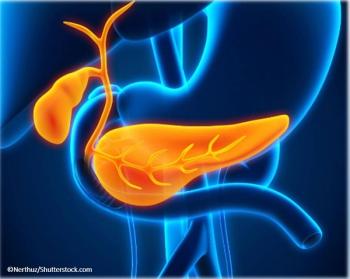
Intraoperative bile spillage might serve as a prognostic tool for gall bladder cancer.

Diagnosis of endometrial carcinoma made easier by analysis of mutations in cervix or endometrial tissue.

After the FDA restricted the labels of 2 drugs used to treat bladder cancer, oncologists' use of these treatments decreased drastically.
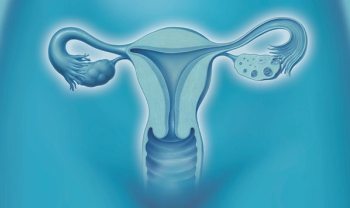
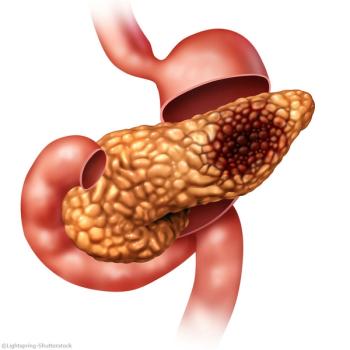
Researchers believe that previous findings about coffee consumption’s possible link to an increased risk of pancreatic cancer come from confounding factors that were not accounted for, such as smoking.

Although rare, is breast cancer in males genetic? Researchers provide details.